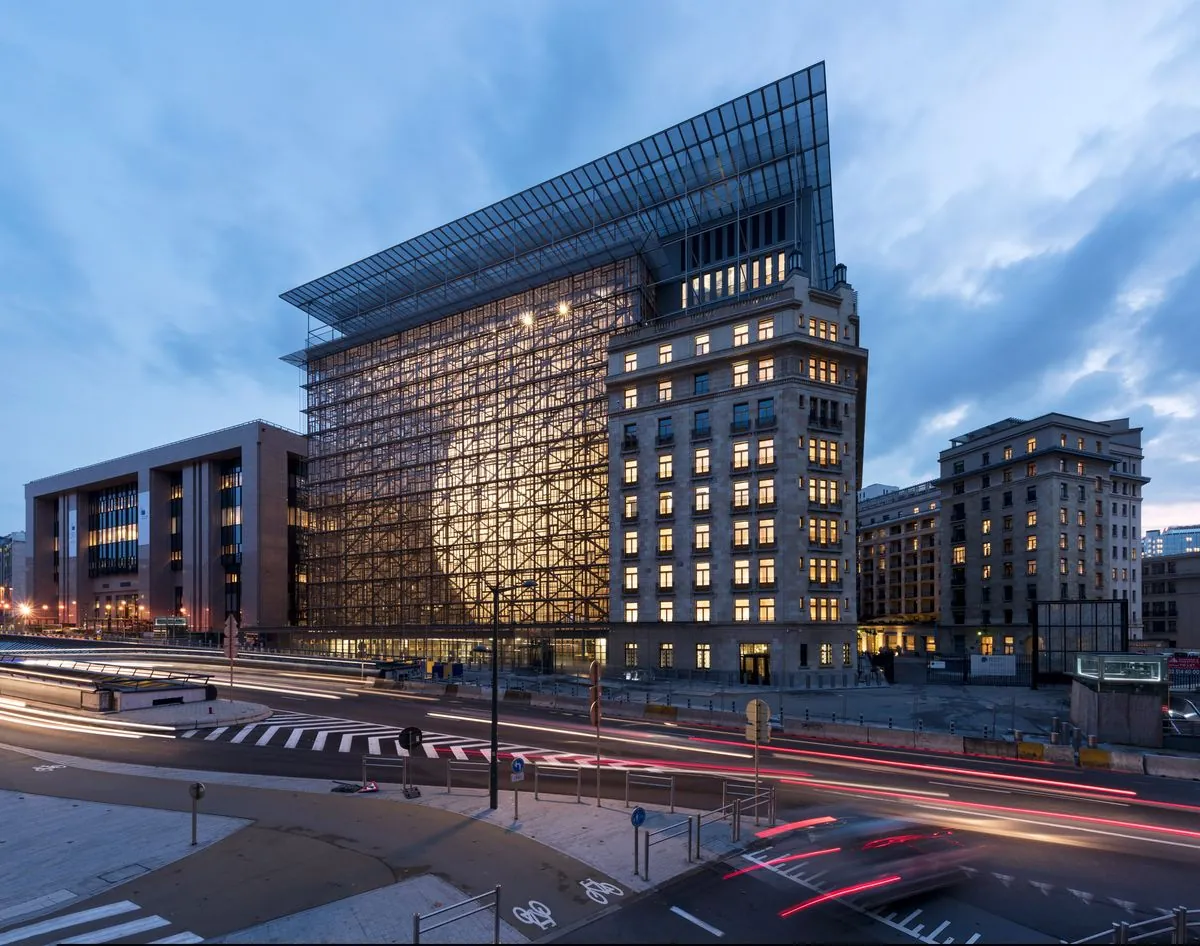EU's Economic Crossroads: Bridging the Innovation Gap with US and China
Former ECB President Mario Draghi's report highlights EU's economic challenges. With lagging R&D spending and productivity, the bloc must revamp its innovation strategy to remain globally competitive.

The European Union finds itself at a critical economic juncture, as highlighted by a recent report from former European Central Bank President Mario Draghi. The analysis paints a sobering picture of the bloc's economic future, emphasizing the need for significant changes to maintain its global relevance.
Established in 1993, the EU has grown to encompass 27 member states, boasting a combined GDP of approximately €14.5 trillion in 2023. Despite being the world's second-largest economy by nominal GDP, the bloc faces substantial challenges in innovation and productivity growth.
The report underscores two primary structural issues:
- Demographics: By 2040, the EU's workforce could decrease by around 2 million workers annually, primarily due to low fertility rates.
- Productivity: Since 2015, EU productivity growth has averaged a mere 0.7% per year, less than half the US rate and significantly below China's reported figures.
A key factor in this productivity gap is the disparity in Research and Development (R&D) spending. In 2022, US R&D expenses reached $886 billion (3.4% of GDP), more than double the EU's $382 billion (2.3% of GDP). China, already the world's largest public R&D spender, is rapidly catching up in private sector investment as well.
To address this gap, Draghi's report proposes a substantial investment push of 750-800 billion euros annually. However, this ambitious plan faces significant hurdles, particularly in securing joint EU borrowing.
Alternatively, the EU could focus on:
- Streamlining public funding across member states
- Attracting more private venture capital
The bloc could establish an EU-level structure to identify and fund priority sectors, such as artificial intelligence and quantum computing. Currently, over 80% of global AI funding goes to US or Chinese firms, with EU businesses receiving just 7%.
"Joint borrowing will not solve the EU's structural problems."
Addressing the venture capital gap is crucial. Since 2013, US start-ups have received about five times more venture capital than their European counterparts. This funding shortage has led to a third of the 147 EU unicorns emerging since 2008 relocating abroad, primarily to the United States.
The EU's future global relevance hinges on its ability to boost productivity and innovation. While the bloc may not implement Draghi's full investment proposal, targeted measures to enhance R&D spending and attract venture capital could slow its economic decline relative to the US and China.
As the EU approaches its fourth decade, it must leverage its strengths, including its single market, diverse workforce, and ambitious climate goals. Programs like Erasmus+, which promotes student exchanges, can foster innovation and cross-cultural collaboration. Additionally, the EU's space program, managed by the European Space Agency, demonstrates its potential for technological advancement.
The stakes are high for the European Union. Failure to address these challenges could jeopardize not only its economic standing but also its ability to maintain its generous social model and geopolitical influence. As the bloc that won the Nobel Peace Prize in 2012 for advancing peace, reconciliation, and democracy, the EU must now focus on securing its economic future to continue its mission of being "United in diversity."


































